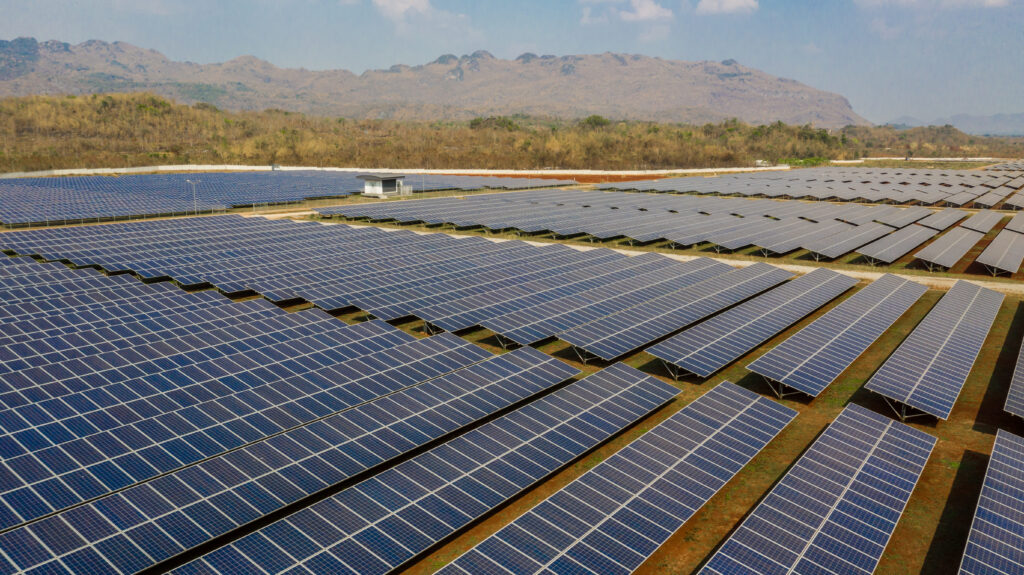


Utility-scale solar projects represent a significant trend in renewable energy. These large-scale installations are designed to generate electricity for large numbers of homes and businesses while contributing to national energy goals. One prominent example of such a project is the Quaid-e-Azam Solar Power Park located in Pakistan.
Overview of the Quaid-e-Azam Solar Power Park
The Quaid-e-Azam Solar Power Park, inaugurated in 2015, is situated in the Bahawalpur District of Punjab, Pakistan. This ambitious initiative is one of the largest solar power parks in the world, designed to harness the abundant sunlight that Pakistan enjoys year-round.
Initially, the park was developed to produce 1,000 megawatts (MW) of electricity. The project’s scope has continued to expand with future plans aiming to increase its capacity further. The park includes solar panels equipped with advanced technology to ensure peak efficiency and longevity.
Economic and Environmental Benefits
The potential of the Quaid-e-Azam Solar Power Park extends beyond its electrical output. Economically, the project has created numerous jobs during the construction and operational phases. The presence of such an enormous facility promotes growth in ancillary businesses, such as manufacturing and distribution of solar components.
Environmentally, utilizing solar energy significantly reduces greenhouse gas emissions compared to fossil fuels. The project aims to combat Pakistan’s energy crisis while providing a cleaner alternative energy source. By transitioning to solar energy, Pakistan can mitigate its reliance on imported fossil fuels, enhancing energy security and sustainability.
Technology and Implementation
The solar park employs a variety of photovoltaic technologies, including both fixed-tilt systems and sun-tracking solar panels. The latter are designed to follow the sun’s trajectory throughout the day to maximize solar energy absorption. This technology ensures that the park operates at its maximum potential, generating more power compared to static systems.
The installation process for the park involved careful planning and execution to ensure that the solar panels are positioned for optimal sun exposure. The project was a collaborative effort between multiple stakeholders, including the Pakistani government and various international organizations.
Challenges Faced
Despite the success of the Quaid-e-Azam Solar Park, the project has faced several challenges. These include financial barriers, delays in construction milestones, and the need for skilled labor. Moreover, the need for a robust infrastructure to support the transmission of electricity generated from the park to residential and commercial areas remains a concern.
The Future of Utility-Scale Solar in Pakistan
The growing demand for energy in Pakistan, coupled with the need for sustainable solutions, illustrates the significant role that utility-scale solar projects will play in the country’s future energy landscape. The Quaid-e-Azam Solar Power Park serves as a model for other countries looking to develop similar renewable energy initiatives.
Additionally, as renewable energy technology progresses, installations like the Quaid-e-Azam Solar Park are expected to integrate innovations that enhance efficiency, reliability, and energy storage.
Conclusion
Utility-scale solar projects, exemplified by the Quaid-e-Azam Solar Power Park in Bahawalpur, Punjab, embody the critical transition towards renewable energy sources by harnessing large-scale photovoltaic technology to generate clean electricity. Spanning over 6,500 acres with an operational capacity of 400 MW and plans to expand to 1,000 MW, this solar park not only significantly reduces dependence on fossil fuels but also mitigates greenhouse gas emissions, thereby contributing to environmental sustainability. The project has created substantial local employment opportunities during construction and operation phases, boosting the regional economy while addressing Pakistan’s growing energy demand and enhancing energy security through diversified power generation sources.
For further reading, explore Andromeda Energy’s blog for insights into renewable energy trends and solutions:
- Transforming Pakistan with Solar Power
- Empowering Pakistan with Clean Energy Solutions
- Solar Energy Revolution in Agriculture
Stay informed about the latest strategies and advancements in renewable energy on Andromeda Energy.


Leave a Reply